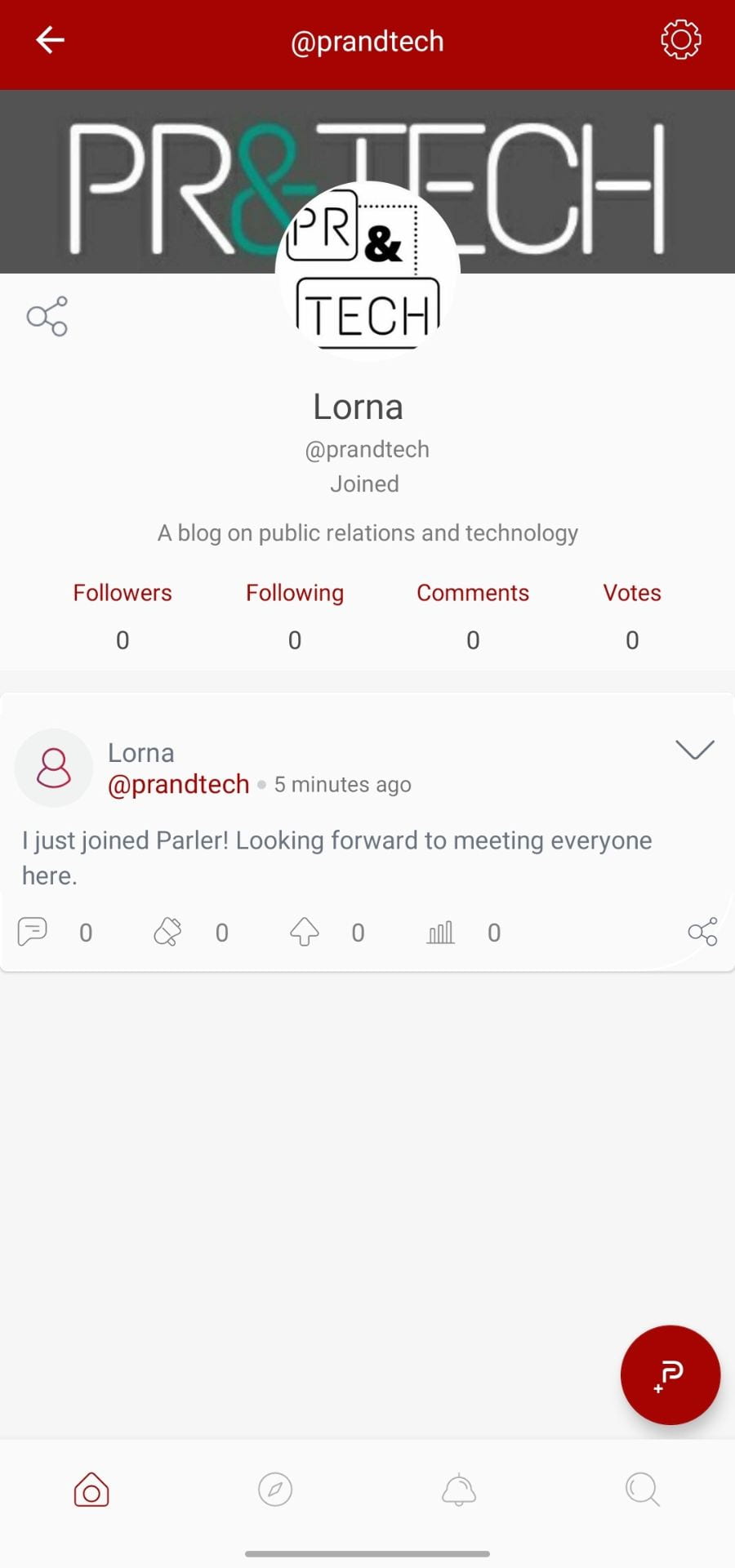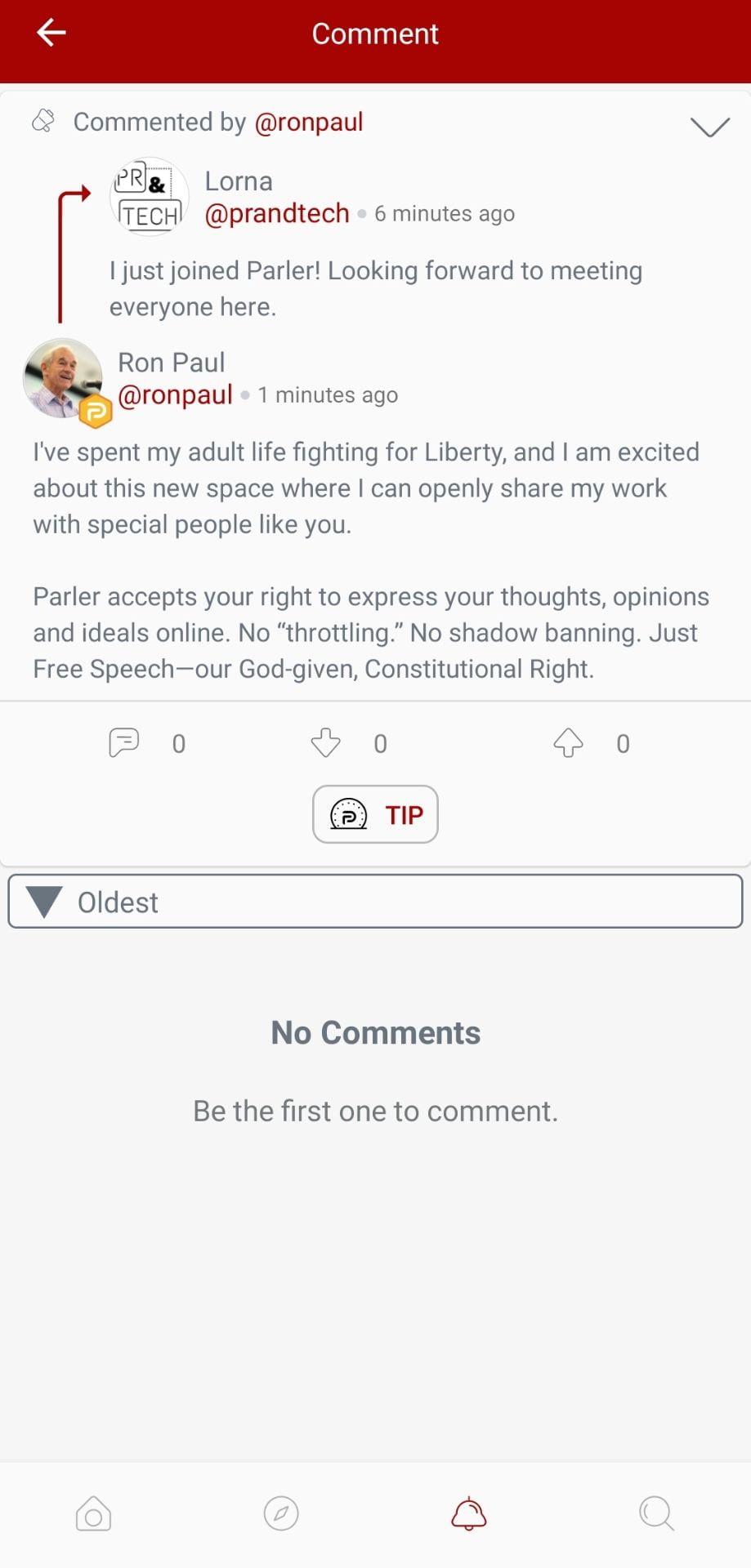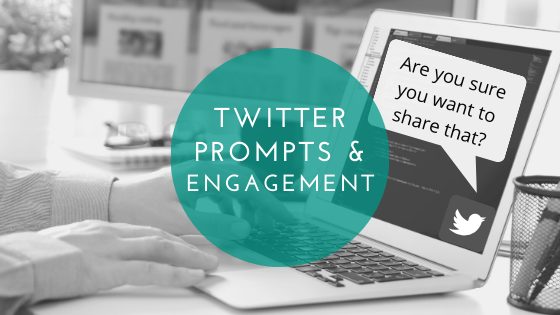Earlier this month, Twitter announced a new feature on the platform: a prompt designed to encourage users to read articles before sharing them.
The update came in the form of a Tweet that read:
“Sharing an article can spark conversation, so you may want to read it before you Tweet it.
To help promote informed discussion, we’re testing a new prompt on Android –– when you Retweet an article that you haven’t opened on Twitter, we may ask if you’d like to open it first.”
The update is just one of many current trials by Twitter, including a new app interface to make tweet conversations easier to read, and a capability that allows users to limit the amount of people that can reply to their tweets. In May, it also announced the trial of a prompt that appears if a user attempts to send a tweet containing “language that could be harmful”, asking the user to consider revising their language.
For now, this trial is only taking place on the Twitter app for Android, for some English-speaking users. If the trial is successful and the feature is rolled out platform-wide, users that retweet a link to an article without first clicking on that link will see a message asking if they’d like to read the article before sharing it. Twitter will only use data on whether users have recently clicked through to the article from a tweet; it can’t account for users that may have already read the article through another platform or accessed it directly through a publication’s website or print copy. It is hoped that inserting this extra step (that some have called a “shaming tactic“) will persuade people into reading past the headline of online articles before sharing them.
If the trial does successfully encourage more people to read an article’s contents before sharing it, and Twitter rolls it out as a permanent, platform-wide feature, it could have implications for public relations. The prompt is designed to slow the spread of misinformation online and improve the quality of online discourse but could also have an impact on engagement – or at least, what some PR practitioners describe as engagement.
The concept of engagement has become increasingly important and popular in public relations, and has been suggested as a potential new paradigm for PR. In both academia and practice, engagement is generally viewed as a positive, something to achieve and maintain, and crucial to the success of organisations in the new digital media landscape. Social media are used as tools for engagement between organisations and their publics. Organisations have “digital engagement teams” within communications departments, and even the UK’s royal family has a “head of digital engagement”.
However, the term “engagement” is ambiguous; it has been used at a theoretical level to describe dialogue and interactions, a relationship between an organisation and its stakeholders, and as a process of online interactivity and communication. “Engagement” is also sometimes used by practitioners as a metric, deployed to measure and report on the success of social media communications. Twitter defines engagements as the “total number of times a user interacted with a Tweet”. Counting these engagements – which include retweets, likes, and clicks on links – enables calculation of the “engagement rate” of each social media post: the total number of engagements divided by the number of users that have seen the tweet. In recent years, engagement rates have been lauded by some as a measurement for influence, advocacy, and loyalty. Others see this as a “superficial” way of attempting to measure and define a psychological concept.
A study by Columbia University and Microsoft, entitled Social Clicks: What and Who Gets Read on Twitter? found that the sharing behaviour of users (such as retweeting) is vastly different from clicking behaviours; researchers estimated that 59% of links shared on Twitter are never actually clicked on. So, for practitioners that use social media figures as a measure of engagement, Twitter’s new feature may not be appreciated.
Users receiving the prompt will still be able to choose to retweet the article without clicking through to read it first, so people may continue to retweet based on headlines alone. However, should the prompt be effective in convincing users to read the article before retweeting, some may realise that they don’t agree with the points made in the piece, or that the headline doesn’t reflect the article, and decide not to retweet after all. Others may decide not to retweet because they still don’t want to read the article, but have changed their mind about sharing it. In both scenarios, it is likely that engagement rates would drop. Practitioners that use it as a way of measuring and reporting on the success of PR activity would likely see a negative impact on their results.
The average engagement rates of different social media receive a lot of attention in the industry. Each platform has different features, but the figures inform communications strategies by helping practitioners – and social media “influencers” – decide where to focus their efforts. Twitter’s engagement rate is already low compared to other platforms, so it is possible that the prompt may not be rolled out if it causes a further drop to avoid loss of users.
For now, the prompt only appears in relation to links to news outlet domains, but it’s plausible that Twitter could expand the feature to all links, such as blog posts hosted on brand websites. Even if it does stay entirely focused on news organisations, practitioners should be encouraging users to click through to read the whole article; despite the hype around social media there is still value for public relations in positive media coverage, and this helps to support news outlets, many of which now rely on revenue from online visitors in order to survive.
It remains to be seen whether this prompt will become a permanent feature. It is also very unlikely that any data on this experiment will be publicly released, partly because it is commercially sensitive information for Twitter, but also because there are ethical questions surrounding the tracking of clicks and user privacy online.
If Twitter’s new feature works, it may make it harder for pieces of content to “go viral”, but it also holds potential to encourage public relations practitioners to stop aiming for high retweet figures and what some scholars have called “faux engagement”. Instead, the industry can refocus efforts on finding better ways to define and achieve genuine engagement with publics – even if that is much more complicated to measure.











